Digital Tools Revolutionize Computerized Paint Matching Accuracy
Computerized paint matching technology revolutionizes automotive painting, especially in collision r…….
Welcome to an in-depth exploration of computerized paint matching, a technology that has transformed the way we perceive and apply colors across various industries. This article aims to demystify this innovative process, highlighting its impact, applications, and potential for future growth. By delving into its historical development, global reach, economic implications, and technological innovations, we will uncover the multifaceted world of computerized paint matching.
Computerized paint matching is a cutting-edge technology that enables precise color replication and matching using advanced computational algorithms. It involves the use of digital systems to analyze, match, and reproduce colors with an unprecedented level of accuracy. At its core, this process leverages computer vision, data analytics, and machine learning techniques to bridge the gap between physical color samples and their digital representations.
Historically, color matching was a manual, time-consuming task relying on the expertise of skilled technicians. Traditional methods involved comparing physical paint swatches against existing colors in databases, often leading to inconsistencies and limitations in precision. Computerized paint matching emerged as a game-changer, leveraging the power of technology to streamline and optimize this process.
Core Components:
The impact of computerized paint matching is felt across industries worldwide, from automotive and architecture to interior design and manufacturing. This technology has revolutionized color standards and consistency, fostering innovation and efficiency.
Regional Adoption:
Key Global Trends:
The economic landscape of computerized paint matching is dynamic, influenced by technological advancements, market demand, and regulatory factors.
Market Dynamics:
Investment Patterns:
Economic Impact:
The evolution of computerized paint matching is marked by continuous technological breakthroughs, each building upon the last to achieve unprecedented levels of accuracy and efficiency.
Major Milestones:
Emerging Technologies:
The development and implementation of computerized paint matching are guided by various policies and regulations aimed at ensuring safety, quality, and intellectual property protection.
Key Considerations:
International Cooperation:
Despite its many advantages, computerized paint matching faces several challenges and criticisms that require strategic solutions to maximize its potential.
Main Challenges:
Proposed Solutions:
The following case studies highlight the successful implementation of computerized paint matching in various sectors, showcasing its transformative impact.
Case Study 1: Ford Motor Company – Vehicle Body Painting
Ford utilized computerized paint matching to streamline its vehicle body painting process. By digitizing color formulations and implementing advanced algorithms, they achieved a 20% reduction in production time while maintaining exceptional paint quality. The system’s ability to precisely match colors across different models and variants ensured consistent customer satisfaction.
Case Study 2: IKEA – Customizable Furniture Colors
IKEA adopted computerized paint matching to offer customers an extensive range of customizable furniture colors. The technology enabled them to quickly match any color a customer could imagine, fostering creativity and personalization. This innovation contributed to IKEA’s success in the home furnishings market, attracting tech-savvy consumers.
Case Study 3: Boeing – Aircraft Interior Refurbishment
In the aerospace industry, Boeing implemented computerized paint matching for aircraft interior refurbishment projects. The system accurately matched historic colors and textures, ensuring the preservation of aircraft heritage while meeting modern aesthetic standards. This application demonstrated the technology’s versatility in maintaining color integrity over time.
The future of computerized paint matching is filled with promising possibilities, driven by technological advancements and evolving industry needs.
Potential Growth Areas:
Emerging Trends:
Computerized paint matching has emerged as a transformative technology, reshaping industries and redefining the way we interact with color. From its historical roots to its global impact, this article has explored the many facets of computerized paint matching, highlighting its significance in today’s world.
As we look ahead, the future holds immense potential for further innovation. With technological advancements, growing market demand, and regulatory support, computerized paint matching will continue to drive precision, efficiency, and creativity across industries. By embracing these changes, businesses and manufacturers can stay ahead of the curve, offering unparalleled color experiences while ensuring sustainability and cost-effectiveness.
Q: How does computerized paint matching differ from traditional color matching methods?
A: Computerized paint matching utilizes advanced algorithms and digital systems to analyze colors precisely, whereas traditional methods relied on manual comparisons using physical samples, often with human error.
Q: Can computerized paint matching handle a vast range of colors?
A: Yes, these systems are designed to process and match an extensive color palette, from vibrant hues to subtle shades, thanks to advanced image recognition and machine learning capabilities.
Q: Is there a risk of data breaches or security issues with computerized paint matching systems?
A: Just like any digital system, cybersecurity is a concern. However, reputable providers implement robust data protection measures, including encryption and access controls, to safeguard sensitive color data. Staying updated on the latest security protocols is essential.
Q: How does computerized paint matching benefit small businesses?
A: While initial costs may be higher, computerized paint matching can improve efficiency, reduce waste, and offer unique customer experiences. Government incentives and open-source communities also support adoption by smaller businesses.
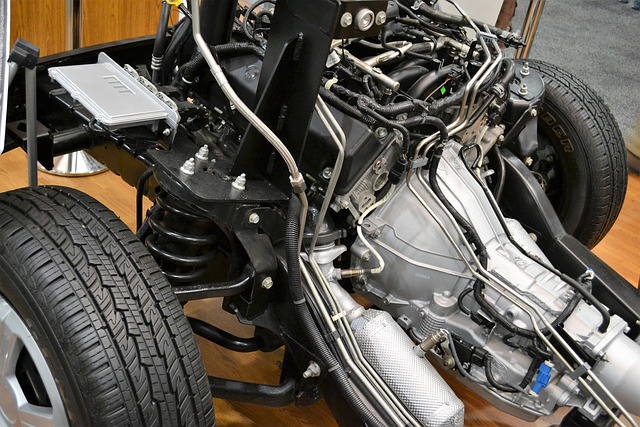
Computerized paint matching technology revolutionizes automotive painting, especially in collision r…….
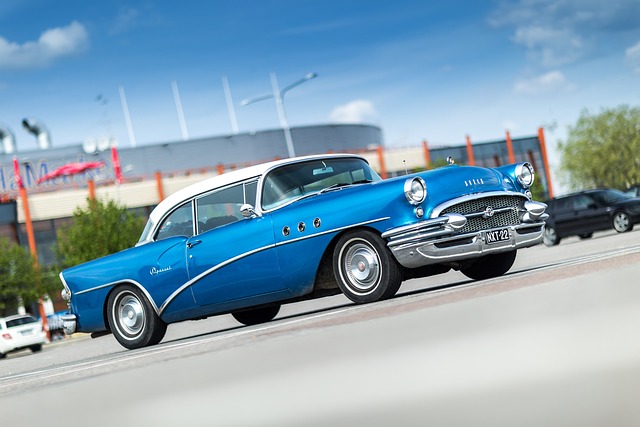
Computerized paint matching, leveraging scanners and software, revolutionizes auto painting and rest…….

Computerized paint matching revolutionizes automotive repair with precise color analysis, but enviro…….

Computerized paint matching technology is a game-changer in auto repair and restoration, offering pr…….
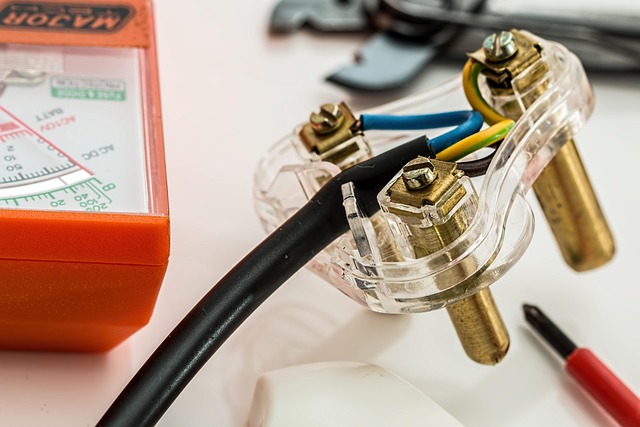
Computerized paint matching systems revolutionize color selection in vehicle bodywork and auto detai…….
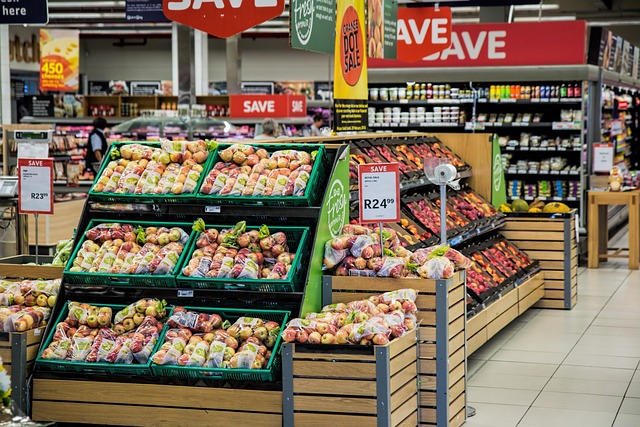
Paint databases, acting as powerful digital tools, revolutionize computerized paint matching in indu…….
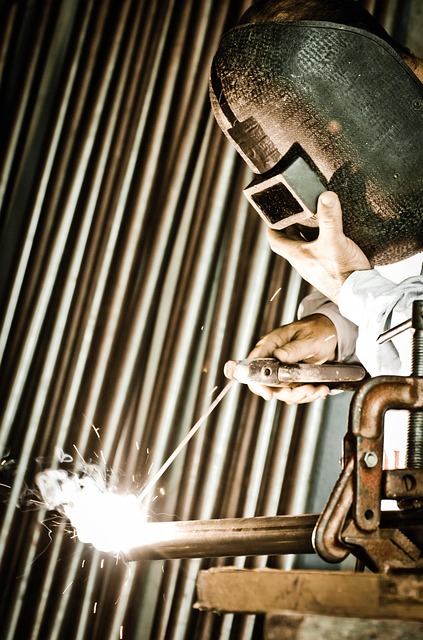
The traditional manual method of achieving OEM-matching colors in automotive collision repair is slo…….